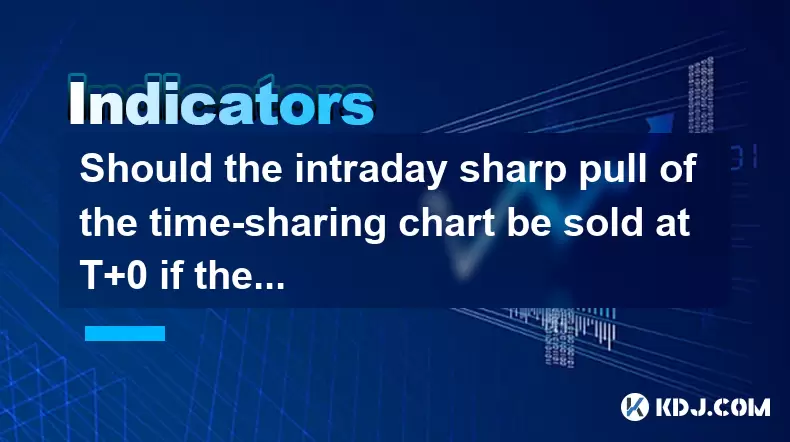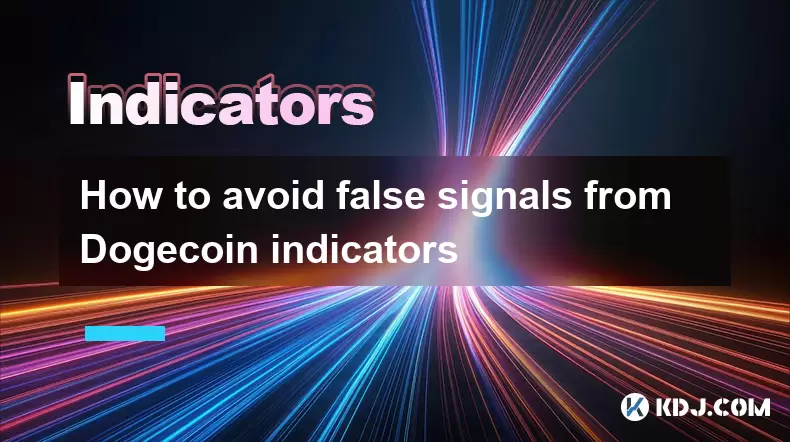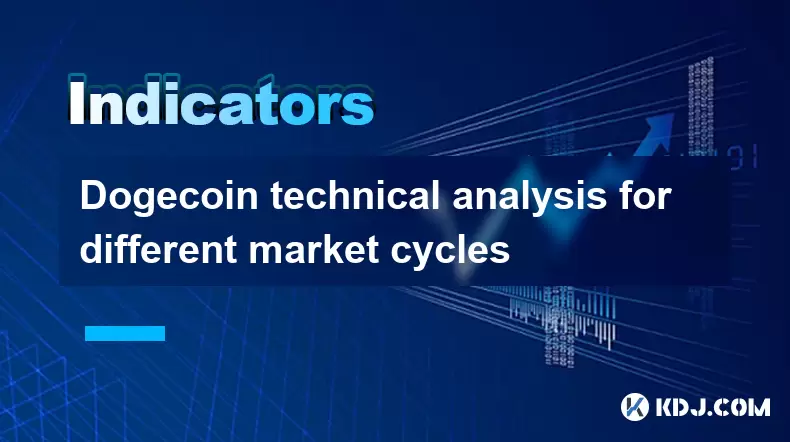-
 Bitcoin
Bitcoin $108,250.0992
0.11% -
 Ethereum
Ethereum $2,515.9404
0.03% -
 Tether USDt
Tether USDt $1.0003
0.00% -
 XRP
XRP $2.2166
-0.19% -
 BNB
BNB $656.5904
0.29% -
 Solana
Solana $147.4122
-0.58% -
 USDC
USDC $1.0000
-0.01% -
 TRON
TRON $0.2830
0.06% -
 Dogecoin
Dogecoin $0.1641
0.27% -
 Cardano
Cardano $0.5739
-0.19% -
 Hyperliquid
Hyperliquid $39.1463
-0.11% -
 Sui
Sui $2.8882
-0.02% -
 Bitcoin Cash
Bitcoin Cash $487.6428
0.31% -
 Chainlink
Chainlink $13.2097
0.07% -
 UNUS SED LEO
UNUS SED LEO $9.0308
0.10% -
 Avalanche
Avalanche $17.8608
0.13% -
 Stellar
Stellar $0.2379
-0.06% -
 Toncoin
Toncoin $2.7400
-0.39% -
 Shiba Inu
Shiba Inu $0.0...01144
-0.36% -
 Litecoin
Litecoin $87.5467
0.66% -
 Hedera
Hedera $0.1538
0.22% -
 Monero
Monero $315.5479
0.36% -
 Dai
Dai $1.0000
0.00% -
 Polkadot
Polkadot $3.3523
-0.71% -
 Ethena USDe
Ethena USDe $1.0003
0.01% -
 Bitget Token
Bitget Token $4.3960
-1.03% -
 Uniswap
Uniswap $7.2663
4.19% -
 Aave
Aave $272.8619
2.04% -
 Pepe
Pepe $0.0...09676
-0.18% -
 Pi
Pi $0.4586
-2.87%
Should the intraday sharp pull of the time-sharing chart be sold at T+0 if the volume is insufficient?
A sharp pull in crypto trading signals sudden price drops, often analyzed with volume and technical tools to decide timely sells or potential rebounds.
Jul 02, 2025 at 11:35 am

Understanding Intraday Sharp Pulls in Time-Sharing Charts
In the world of cryptocurrency trading, intraday sharp pulls refer to sudden and significant price drops within a short time frame, typically visible on time-sharing charts such as 1-minute, 5-minute, or 15-minute intervals. These movements can be triggered by various factors including market sentiment, algorithmic trading, or abrupt changes in order book dynamics. Traders often monitor these sharp declines to make quick decisions, especially when considering whether to sell immediately or wait for a potential rebound.
Time-sharing charts provide real-time data that allows traders to observe price fluctuations and volume changes with high precision. When a sharp pull occurs, it's crucial to assess not only the price movement but also the accompanying trading volume.
Evaluating Volume During Sharp Price Drops
Volume is a key indicator that helps confirm or question the validity of a price move. A sharp pull accompanied by high volume may suggest strong selling pressure and potentially signal further downside momentum. Conversely, if the drop occurs with low or insufficient volume, it might indicate a lack of conviction among sellers, possibly leading to a quick reversal.
Low volume during a sharp pull could mean that the price decline is not supported by substantial market participation. This situation often leads to what traders call a "false break," where prices quickly revert after touching certain support levels or triggering stop-loss orders.
Deciding Whether to Sell at T+0
The decision to sell at T+0 (same-day trading) hinges on several variables beyond just price and volume. Traders must consider their risk tolerance, investment strategy, and current position size. For those who operate under strict stop-loss rules or have reached their profit targets, executing a sale immediately might be prudent regardless of volume.
- Assess your entry point and determine if you're still comfortable holding the asset given the new price level.
- Check for any recent news or events that might have caused the pull—sometimes macroeconomic data or regulatory announcements trigger knee-jerk reactions.
- Evaluate technical indicators like RSI, MACD, or Bollinger Bands to see if oversold conditions exist that could lead to a bounce.
Technical Analysis Tools to Confirm Reversal Potential
To make an informed decision about selling during a sharp pull with low volume, traders can employ various technical analysis tools. The goal is to identify whether the price action is likely to reverse or continue trending downward.
- Candlestick patterns such as hammers, inverted hammers, or engulfing patterns can offer early signs of a reversal.
- Fibonacci retracement levels help determine how deep the pull has gone relative to previous swings, giving insight into potential support zones.
- Order book depth analysis can reveal hidden liquidity that might absorb the selling pressure and stabilize the price.
It's important to cross-verify signals from multiple tools before making a trade decision, especially when volume appears weak.
Risk Management Considerations in Fast-Moving Markets
Cryptocurrency markets are known for their volatility, which makes risk management critical. Even if a sharp pull appears to be unsupported by volume, there’s always a chance that more aggressive selling could follow. Therefore, traders should ensure they have clear plans in place for both winning and losing trades.
- Set predefined exit points based on your strategy rather than reacting emotionally to sudden moves.
- Use trailing stops to protect gains while allowing room for the price to fluctuate naturally.
- Avoid over-leveraging, especially during uncertain market conditions, as even small price movements can trigger liquidations.
By adhering to disciplined risk controls, traders can better navigate unpredictable price actions without being forced into impulsive decisions.
Frequently Asked Questions
What does "insufficient volume" mean in cryptocurrency trading?
Insufficient volume refers to a situation where the number of traded units (e.g., Bitcoin, Ethereum) during a specific time period is significantly lower than average. This suggests limited market interest or participation, which can sometimes invalidate price moves.
Can I rely solely on volume to decide my trades?
No, volume should be used in conjunction with other analytical tools and market context. Relying solely on volume can lead to false signals, especially in highly volatile or illiquid markets.
How do I check real-time volume on a crypto exchange?
Most exchanges display real-time volume data directly on their trading interfaces. Look for metrics like “24h volume” or check the volume bars beneath the candlestick chart. Some platforms also offer advanced analytics dashboards.
Is it possible for a sharp pull to continue despite low volume?
Yes, although less common, sharp pulls can continue even with low volume. Market psychology, whale movements, or unexpected news can drive continued price action regardless of typical volume expectations.
Disclaimer:info@kdj.com
The information provided is not trading advice. kdj.com does not assume any responsibility for any investments made based on the information provided in this article. Cryptocurrencies are highly volatile and it is highly recommended that you invest with caution after thorough research!
If you believe that the content used on this website infringes your copyright, please contact us immediately (info@kdj.com) and we will delete it promptly.
- XRP's Upside Potential: Analysts Bullish Despite Accessibility Concerns
- 2025-07-06 10:30:13
- Dubai Hotelier, Crypto Scam, and an Arrest in India: A Tangled Web
- 2025-07-06 10:30:13
- Bitcoin's Calm Before the Storm: ETF Inflows Surge Amidst Low Volatility
- 2025-07-06 10:50:13
- Crypto Capital Inflows: Why Qubetics, Ethereum, and SUI are Investment Coins to Watch
- 2025-07-06 10:50:13
- Bitcoin, Crypto, and Polymarket: Decoding the Crystal Ball
- 2025-07-06 11:15:22
- XRP Price Prediction: Can XRP Break the Weekly Downtrend?
- 2025-07-06 11:00:13
Related knowledge

What is the significance of a Dogecoin engulfing candle pattern
Jul 06,2025 at 06:36am
Understanding the Engulfing Candle Pattern in CryptocurrencyThe engulfing candle pattern is a significant technical analysis tool used by traders to identify potential trend reversals in financial markets, including cryptocurrencies like Dogecoin. This pattern typically consists of two candles: the first one is relatively small and indicates the current...

Dogecoin monthly chart analysis for long term investors
Jul 06,2025 at 10:08am
Understanding the Dogecoin Monthly ChartFor long-term investors, analyzing the monthly chart of Dogecoin (DOGE) provides a macro view of its price behavior over extended periods. The monthly chart captures major trends, key resistance and support levels, and potential reversal zones that are crucial for strategic investment planning. Unlike daily or hou...

How to manage risk using ATR on Dogecoin
Jul 06,2025 at 02:35am
Understanding ATR in Cryptocurrency TradingThe Average True Range (ATR) is a technical indicator used to measure market volatility. Originally developed for commodities, it has found widespread use in cryptocurrency trading due to the high volatility inherent in digital assets like Dogecoin (DOGE). The ATR calculates the average range of price movement ...

How to avoid false signals from Dogecoin indicators
Jul 06,2025 at 06:49am
Understanding Dogecoin Indicators and Their LimitationsDogecoin indicators are tools used by traders to analyze price movements and make informed decisions. These include moving averages, Relative Strength Index (RSI), MACD, and volume-based metrics. However, these tools can sometimes generate false signals, especially in highly volatile markets like Do...

Dogecoin Donchian Channels strategy
Jul 06,2025 at 02:43am
What Are Donchian Channels?Donchian Channels are a technical analysis tool used to identify potential breakouts, trends, and volatility in financial markets. They consist of three lines: the upper band, which marks the highest high over a specific period; the lower band, which reflects the lowest low over the same period; and the middle line, typically ...

Bitcoincoin technical analysis for different market cycles
Jul 06,2025 at 09:14am
Understanding Dogecoin's Historical Price PatternsDogecoin (DOGE) has experienced several notable price cycles since its inception in 2013. Initially created as a meme-based cryptocurrency, it quickly gained popularity due to its vibrant community and celebrity endorsements. To perform technical analysis on Dogecoin, one must first understand how it beh...

What is the significance of a Dogecoin engulfing candle pattern
Jul 06,2025 at 06:36am
Understanding the Engulfing Candle Pattern in CryptocurrencyThe engulfing candle pattern is a significant technical analysis tool used by traders to identify potential trend reversals in financial markets, including cryptocurrencies like Dogecoin. This pattern typically consists of two candles: the first one is relatively small and indicates the current...

Dogecoin monthly chart analysis for long term investors
Jul 06,2025 at 10:08am
Understanding the Dogecoin Monthly ChartFor long-term investors, analyzing the monthly chart of Dogecoin (DOGE) provides a macro view of its price behavior over extended periods. The monthly chart captures major trends, key resistance and support levels, and potential reversal zones that are crucial for strategic investment planning. Unlike daily or hou...

How to manage risk using ATR on Dogecoin
Jul 06,2025 at 02:35am
Understanding ATR in Cryptocurrency TradingThe Average True Range (ATR) is a technical indicator used to measure market volatility. Originally developed for commodities, it has found widespread use in cryptocurrency trading due to the high volatility inherent in digital assets like Dogecoin (DOGE). The ATR calculates the average range of price movement ...

How to avoid false signals from Dogecoin indicators
Jul 06,2025 at 06:49am
Understanding Dogecoin Indicators and Their LimitationsDogecoin indicators are tools used by traders to analyze price movements and make informed decisions. These include moving averages, Relative Strength Index (RSI), MACD, and volume-based metrics. However, these tools can sometimes generate false signals, especially in highly volatile markets like Do...

Dogecoin Donchian Channels strategy
Jul 06,2025 at 02:43am
What Are Donchian Channels?Donchian Channels are a technical analysis tool used to identify potential breakouts, trends, and volatility in financial markets. They consist of three lines: the upper band, which marks the highest high over a specific period; the lower band, which reflects the lowest low over the same period; and the middle line, typically ...

Bitcoincoin technical analysis for different market cycles
Jul 06,2025 at 09:14am
Understanding Dogecoin's Historical Price PatternsDogecoin (DOGE) has experienced several notable price cycles since its inception in 2013. Initially created as a meme-based cryptocurrency, it quickly gained popularity due to its vibrant community and celebrity endorsements. To perform technical analysis on Dogecoin, one must first understand how it beh...
See all articles

























































































